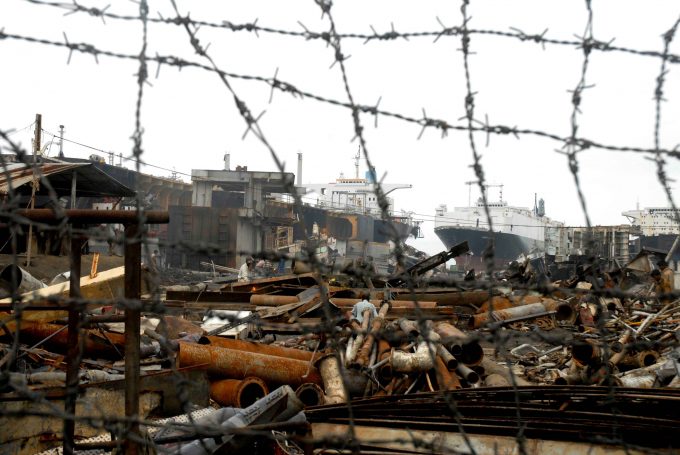Opposition builds for final hearing on US plan to tax Chinese box ship calls
US importers and shippers await the outcome of the final hearing on the new administration’s ...

A period of aggressive vessel scrapping will be required to address a looming “severe risk of overcapacity” in container shipping.
But the likely demolition candidates are in the smaller sizes, where newbuild orders are sparse, says Alphaliner.
The lack of investment in replacing smaller containerships in recent ...

Comment on this article